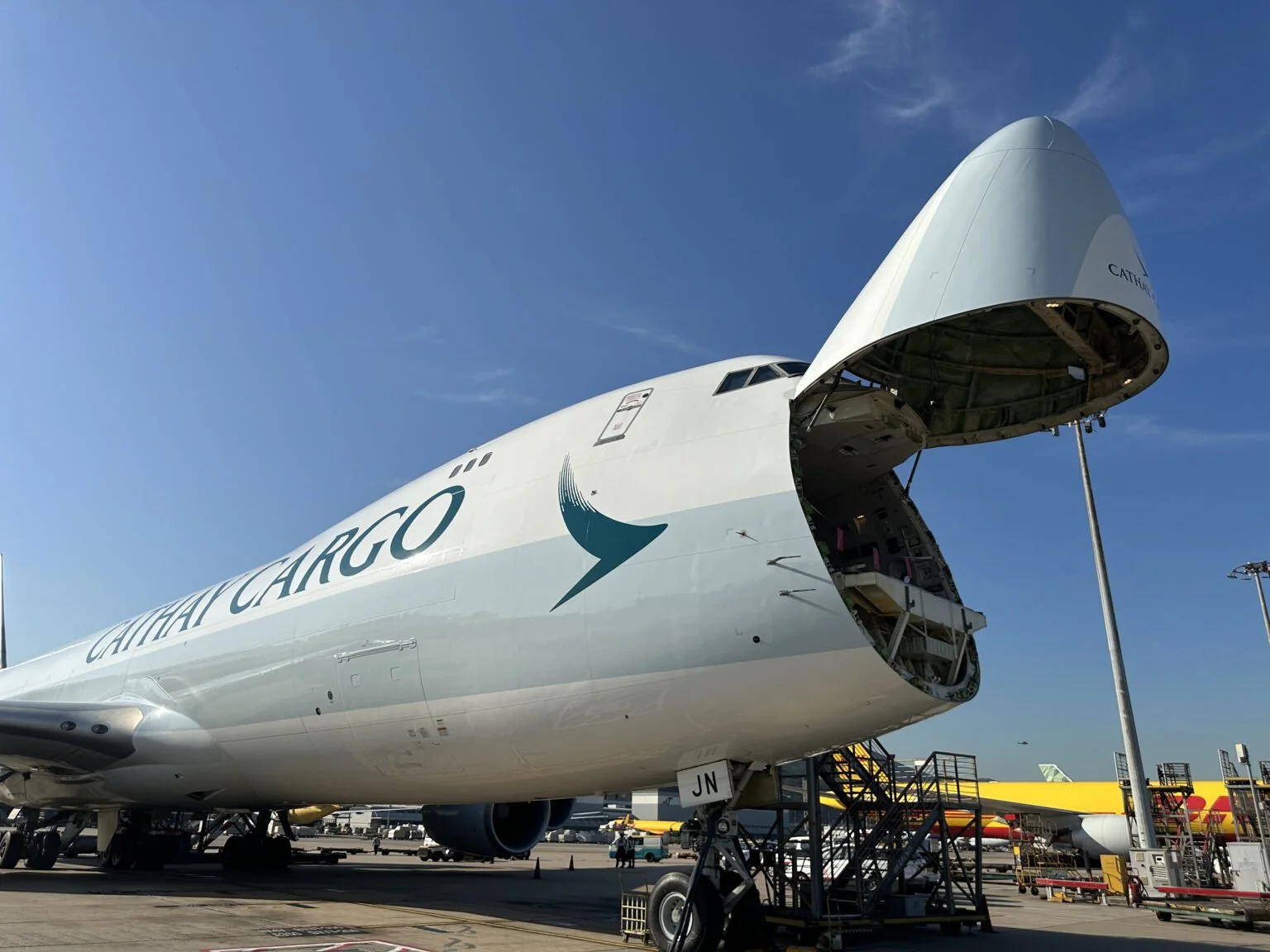With global supply chains adapting to post-pandemic realities and moving trading dynamics, air freight in the Asia Pacific (APAC) region is a critical time.
Once the world’s fastest growing air freight market, Apac transporters are now developing e-commerce flow, varying capacity and the increase in Middle Eastern and North American cargo operators.
The latest annual results from Groot Apac Airlines – Cathay Cargo, Singapore Airlines Cargo, Korean Air Cargo and China Southern Cargo – light the opportunities and risks ahead.
• The demand for e-commerce is driving the growth of loads, but shippers delay commitments amid economic uncertainty.
• Bellying ability is returning, lowering yields and putting pressure on the profitability of the cargo ship.
• Airlines evaluate fleet strategies-some doubles on dedicated trucks, while others move to a hybrid cargo model to optimize stomach space.
• Trade tension and shift shift chain, especially China, promotes new cargo flow, with Southeast Asia appearing as a strategic alternative.
The question now is which Apac Airlines will successfully navigate these changes-and which in 2025 can struggle to maintain profitability. E-commerce was a primary driver for the growth of the air freight in APAC, which stimulated the demand for borderline deliveries from China, Hong Kong and Southeast Asia. The latest results from Cathay Cargo highlight an 11 percent increase in Cargo Tonnage in 2024, with a very strong second half due to a surge in e-commerce shipping.
However, the rate of growth seems to be, with cargo exhibitors postponing contract obligations and reconsidering the stock strategies.
Some of the most important trends that form the e-commerce-driven air freight include:
• Freight exhibitors who postpone block space (BSAs) amid concerns about the volatility of the rate.
• deviants that redirect cargo from China to Southeast Asia to reduce possible tariff impacts.
• More cautious market sentiment, in contrast to the aggressive expansion strategies seen in previous years.
The cargo of Singapore Airlines also reported stable cargo volumes, but with greater competition in the e-commerce logistics space, the margins were tightened. Korean air freight and China Southern Cargo monitor in the same way how shifting trading patterns can affect their network planning. The overarching challenge is whether Apac Airlines can remain agile to respond to these changes while maintaining effectiveness in their operations.
Cargo ship against stomach freight
One of the most urgent strategic decisions for APAC cargo controllers is how to balance dedicated cargo ship operations with the growing availability of abdominal cargo capacity. During the pandemic, trucks were indispensable, providing airlines to reliable revenue streams while suspended passenger operations.
Now, with international journey back, abdominal cargo space is back, forcing airlines to re -evaluate the economy of expanding the cargo ship.
• Cathay Cargo still operates a dedicated cargo fleet while integrating more stomach freight into its network.
• Korean air freight expands its cargo fleet, especially with Boeing 777FS, which retains the focus on long -distance markets.
• China Southern Cargo refines its network, shifts some focus away from cargo plane-heavy routes and maximizing efficiency with a combined approach.
With more passenger aircraft employed, the abdominal capacity increases faster than the demand, leading to softer yields. Cathay Cargo’s annual report notes that cargo yields in 2024 were only 3 percent higher, reflecting the growing competition and a return to pre-pandemic pricing structures. The challenge for airlines is to ensure that cargo fleets remain profitable while utilizing the available stomach space.
This balancing act will define who remains competitive in the coming years. Another critical factor that forms Apac’s air load landscape is geopolitical uncertainty and changing trade policies. China remains the largest driver of air freight volumes in the region, but trade tensions and strategies for diversification of the supply chain cause significant shifts in freight routing:
• Rates uncertainty leads to delays in contract negotiations between cargo exhibitors and cargo transporters.
• Some airlines are adjusting capacity assignments, moving flights from China to alternative hubs in Vietnam, Thailand and Indonesia.
• Freight exhibitors hedge against risk and ensure flexible agreements instead of connecting to long -term cargo space.
Airlines employed in the region must be prepared to navigate the developing trade dynamics and ensure that their networks remain adaptable to changing cargo flow. While freight question remains relatively strong, the cost of the cost is on the Apac carriers.
Airlines must with:
• Labor shortages and rising airport fees, which increase operating expenses.
• Fuel price fluctuations, which – despite the camp in 2024 – are unpredictable.
• Tighter sustainability regulations, which require investment in sustainable aviation fuel initiatives and the reduction of emissions. Cathay Cargo is focused on cost -effectiveness, and reports a 4.5 percent drop in cost per available tons of kilometers (ATK) – a key metric for the judgment of profitability.
Singapore Airlines Cargo and Korean air freight have also investigated SAF initiatives to align with the global decarbonization goals. For Apac Airlines, the ability to balance profitability with sustainability will be an important distinction in the coming years.
Who will lead the next load of APAC?
The Asia-Pacific Avoid Market is on a crossroads, with airlines facing important challenges and new opportunities.
• Big players like Cathay Cargo, Singapore Airlines Cargo, Korean air freight and China Southern Cargo are all recalibrated strategies to stay profitable.
• Stomach growth increases competition, which places yields downwards.
• Trade tension and shift chain shifts cause the local relocation, with Southeast Asia, to play a growing role in Apac logistics.
• Sustainability mandates are reforming the priorities of the industry, forcing airlines to invest in fuel -efficient aircraft and greener cargo operations.


